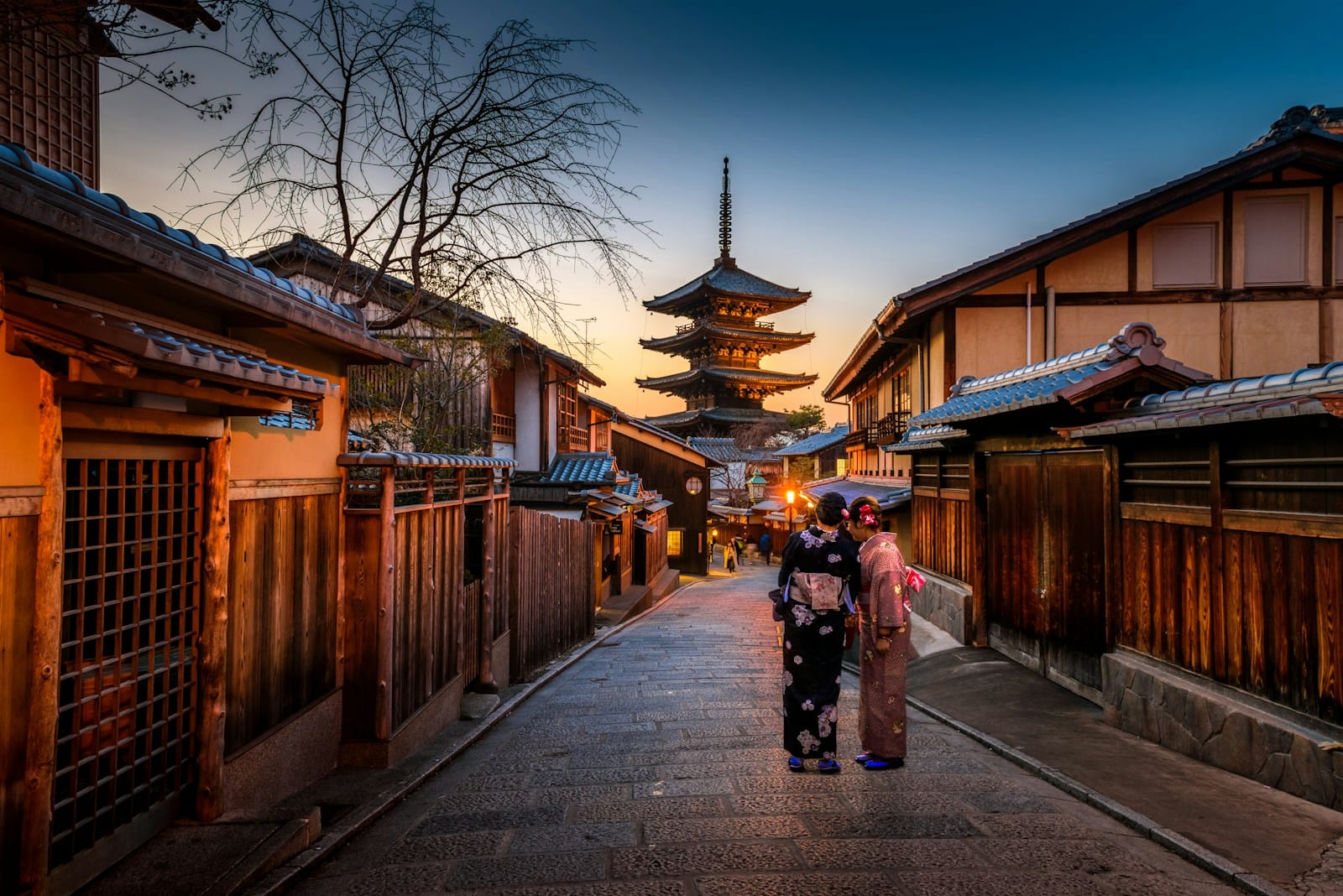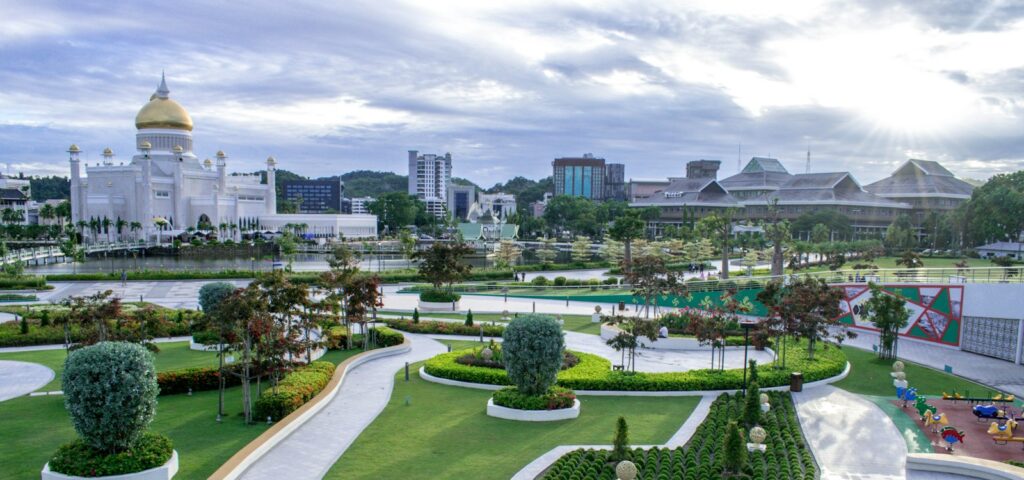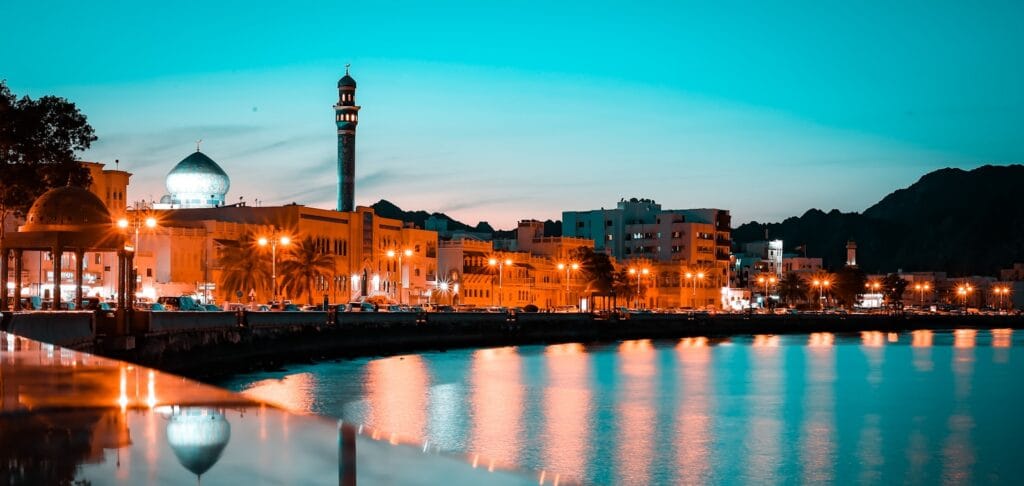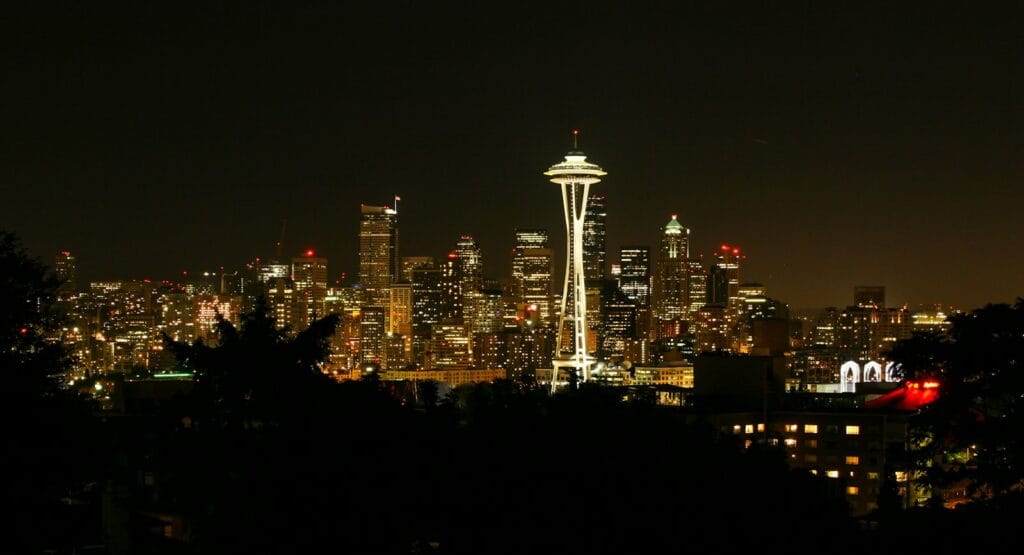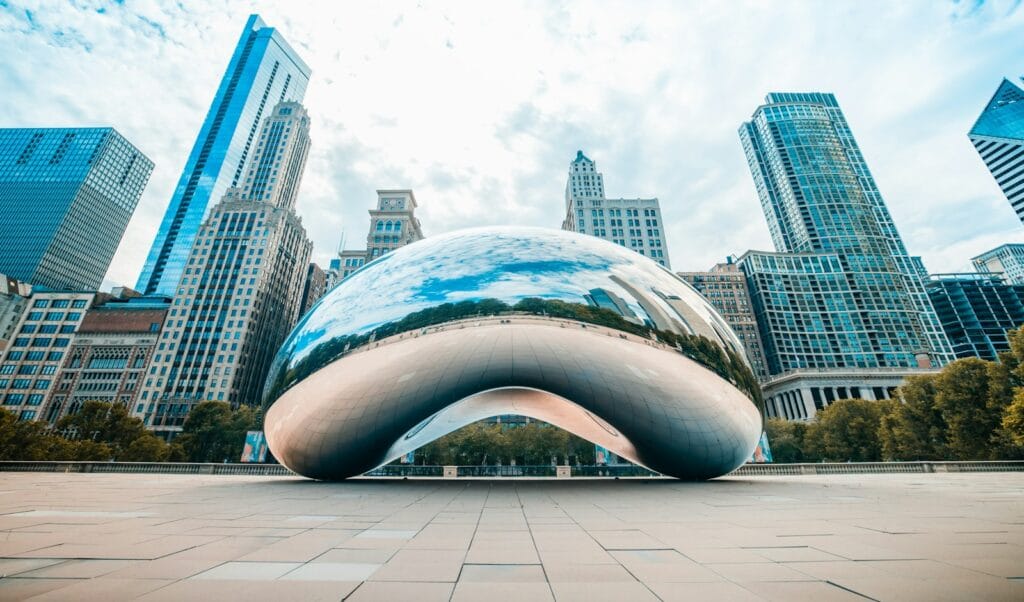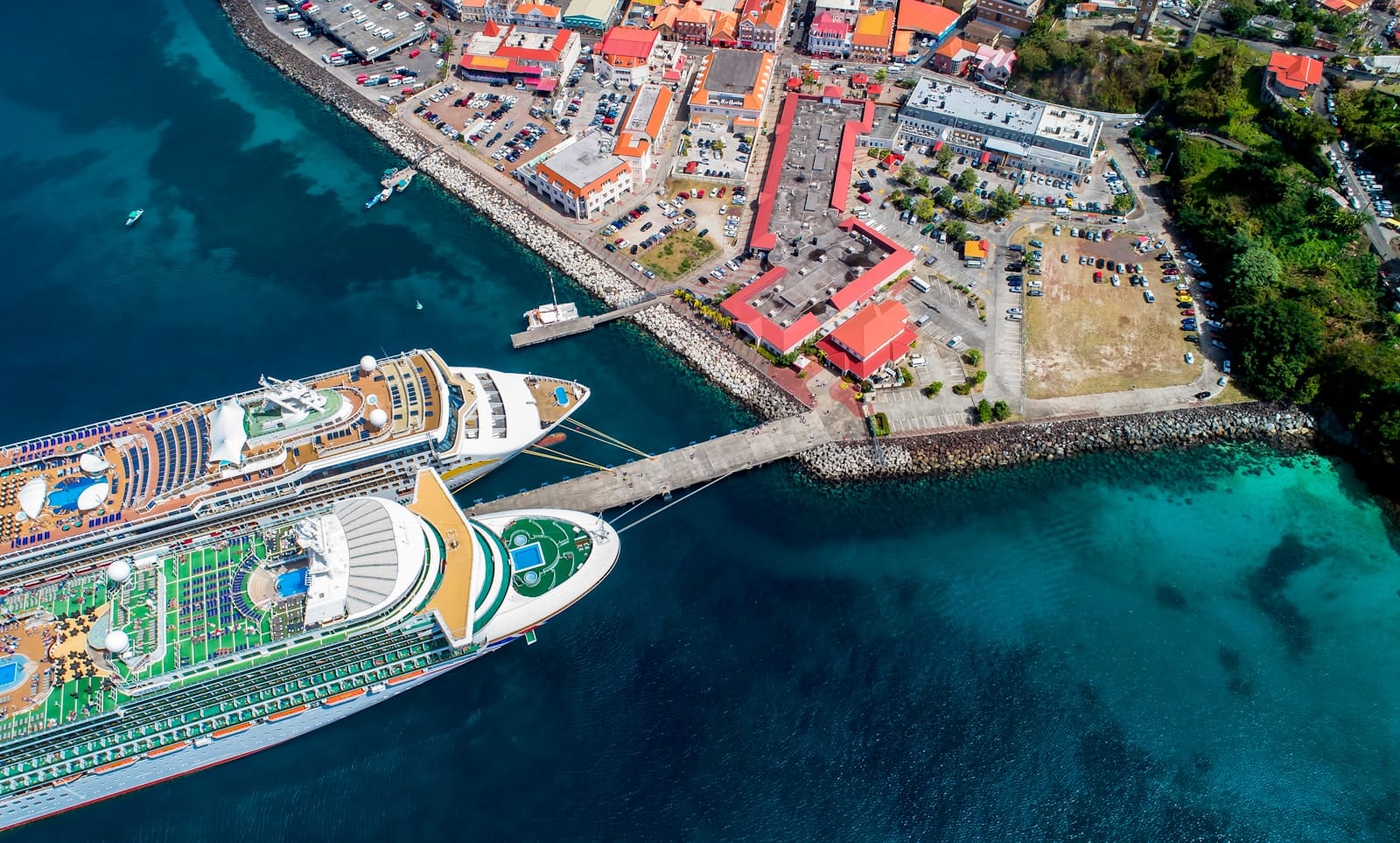Japan Travel Guide: Discover Timeless Culture & Cutting-Edge Wonders
Intro to Japan Travel Guide
Japan is a place where ancient traditions and futuristic innovation blend seamlessly. Whether you’re wandering Kyoto’s tranquil temples, navigating Tokyo’s neon-lit districts, or soaking in an onsen beneath snow-covered peaks, Japan reveals itself in beautifully layered moments.
From cherry blossoms and bullet trains to sushi counters and Shinto shrines, every detail in Japan feels intentional — designed to surprise, soothe, and inspire.
Start planning your journey with our complete Japan Tour Guide — uncover iconic cities, rural escapes, and unforgettable experiences across all seasons.
Prefectures to Explore in Japan
Aichi | Akita | Aomori | Chiba | Ehime | Fukui | Fukuoka | Fukushima | Gifu | Gunma | Hiroshima | Hokkaido | Hyogo | Ibaraki | Ishikawa | Iwate | Kagawa | Kagoshima | Kanagawa | Kochi | Kumamoto | Kyoto | Mie | Miyagi | Miyazaki | Nagano | Nagasaki | Nara | Niigata | Oita | Okayama | Okinawa | Osaka | Saga | Saitama | Shiga | Shimane | Shizuoka | Tochigi | Tokushima | Tokyo | Tottori | Toyama | Wakayama | Yamagata | Yamaguchi | Yamanashi
💡Quick Facts:
Destination: Japan
Continent: Asia
Country: Japan
Area: 377,975 km²
Population: ~123 million (2025 est.)
Density: ~325/km²
Capital: Tokyo
Regions/Subregions: Hokkaido, Tohoku, Kanto, Chubu, Kansai, Chugoku, Shikoku, Kyushu, Okinawa
Official Language: Japanese
Currency: Japanese Yen (¥, JPY)
Time Zone(s): JST (UTC+9), no daylight savings
Airports (main/nearest): Tokyo Haneda (HND), Tokyo Narita (NRT), Kansai International (KIX), Osaka Itami (ITM), Chubu Centrair (NGO), Fukuoka (FUK), New Chitose (CTS)
Climate: Ranges from humid continental in the north to subtropical in the south; four distinct seasons
Known For: Mount Fuji, Kyoto temples, Tokyo neon, cherry blossoms, anime, sushi, bullet trains, UNESCO sites (Himeji Castle, Itsukushima Shrine, Hiroshima Peace Memorial)
🛂Arrival Info:
Visa-free (90 days): US, Canada, EU, UK, Australia, many others.
eVisa system: Available for select nationalities.
Stay length: Typically 90 days; extensions possible.
Requirements: Passport valid for stay, onward/return ticket.
Official portal: Japan eVisa.
🏥Health Info:
Vaccines: No mandatory; Hepatitis A and B recommended.
Hospitals: High standard; English-speaking clinics in cities.
Emergency numbers: 110 (police), 119 (ambulance/fire).
Insurance: Strongly advised; costs can be high.
Risks: Seasonal allergies (cedar pollen), summer heatstroke.
🚑 Check travel insurance options for travel emergencies, delays, and medical needs abroad — Get coverage here
💉 Stay Informed with Official Updates: WHO – International Travel & Health | CDC – Travel health updates
🚨Travel Advisory:
General: Very safe; low crime rate.
Risks: Natural hazards like earthquakes, tsunamis, typhoons.
Transport: Extremely reliable but crowded in peak hours.
Scams: Rare; lost items often returned.
🌍Track Real-Time Official Updates: US Travel Advisory | UK Foreign Travel Advice | Government of Canada | NZ SafeTravel
🥳Holidays:
New Year’s Day: Jan 1
Golden Week (Showa Day, Constitution Day, Greenery Day, Children’s Day): Late Apr–early May
Marine Day: July
Obon Festival: Mid-Aug (not a national holiday but major travel season)
Respect for the Aged Day: Sept
Culture Day: Nov 3
Emperor’s Birthday: Feb 23
Impact: Trains and flights sell out quickly during Golden Week, Obon, and New Year.
💰Visitor Info:
Currency: Japanese Yen (¥).
Payments: Cards accepted in big cities; cash still widely used.
Tipping: Not customary; can be considered rude.
Duty-free: Tax-free shopping available for tourists with passport.
Average Daily Budget: ¥8,000–12,000 ($55–85) budget, ¥15,000–25,000 ($100–170) mid-range, ¥30,000+ ($200+) luxury.
Tourist tax: Small per-night fee in hotels in Tokyo, Kyoto, Osaka.
🛫Airports:
Haneda (HND): Central Tokyo hub, domestic & international.
Narita (NRT): Tokyo’s main international gateway.
Kansai (KIX): Serving Osaka, Kyoto, Kobe.
Chubu Centrair (NGO): Central Japan hub.
Fukuoka (FUK): Kyushu’s main airport.
New Chitose (CTS): Gateway to Hokkaido.
Transfers: Trains, buses, and airport shuttles highly reliable.
🧳 Delayed or canceled flight? Check if you’re eligible for compensation
🚍Transport:
Local: Subway and bus systems in all major cities; IC cards (Suica, Pasmo, ICOCA) widely used.
Intercity: Shinkansen bullet trains, JR Pass popular for tourists.
Driving: Left-hand side; IDP required; toll roads expensive.
Ferries: Connect smaller islands; domestic air routes common.
Costs: Rail passes save money; local transit inexpensive.
🚗 Book reliable airport transfers and in-city rides in advance. Reserve your ride here
🛰️Connectivity:
SIM/eSIM providers: NTT Docomo, SoftBank, au.
Coverage: Excellent nationwide, including rural areas.
Wi-Fi: Free in many stations, airports, and cafés.
Roaming: Costly; pocket Wi-Fi rental popular among visitors.
🛜 Stay connected abroad with affordable eSIM data packs. Get your eSIM here
📜Laws & Etiquette:
Alcohol age: 20.
Smoking: Restricted to designated areas; banned on many streets.
Dress: Modest and neat; cover tattoos in hot springs (onsen).
LGBTQ+: Increasingly accepted; legal protections limited.
Etiquette: Bowing, removing shoes indoors, quiet on public transport, no eating while walking in most areas.
👮Emergency Info:
Emergency numbers: 110 (police), 119 (ambulance/fire).
US Embassy: Tokyo; consulates in Osaka, Fukuoka, Sapporo, Naha.
UK Embassy: Tokyo; consulates in Osaka.
Tourist hotline: Japan Visitor Hotline +81-50-3816-2787 (24/7 in English).
🏛️ Use embassy locator tools: Embassies Worldwide
🌞Weather:
Spring (Mar–May): 10–20°C, cherry blossom season.
Summer (Jun–Aug): 25–35°C, humid; typhoon risk late summer.
Autumn (Sep–Nov): 12–22°C, clear skies, autumn foliage.
Winter (Dec–Feb): -5–10°C north; 5–12°C Tokyo; heavy snow in Hokkaido.
Tip: Pack layers for varying climates; best seasons are spring and autumn.
🌦️ Stay prepared—check the weather forecast for your destination — Weather Forecast
Japan by Region – Where to Go
Japan is divided into 8 major regions and 47 prefectures. Each offers distinct landscapes, cultural identities, and travel experiences.
Kanto Region
- Tokyo: A sprawling capital where centuries-old temples meet cutting-edge tech, fashion, and Michelin-star dining.
- Yokohama: A cosmopolitan port city with waterfront promenades and Chinatown.
- Nikko: Sacred mountains and UNESCO shrines, perfect for a nature-culture escape.
Kansai Region
- Kyoto: Japan’s cultural heart — home to geishas, Zen gardens, and over 1,600 temples.
- Osaka: Lively and friendly with top-tier street food, neon nightlife, and the historic Osaka Castle.
- Nara: Known for free-roaming deer and Japan’s oldest Buddhist structures.
Hokkaido (North)
- Sapporo: Famous for snow festivals, beer, and skiing.
- Furano & Biei: Lavender fields and pastoral beauty in summer.
- Niseko: A world-class winter sports destination.
Tohoku (Northeast Honshu)
- Sendai: A gateway to hot springs, castles, and coastlines.
- Aomori & Hirosaki: Snowy landscapes and cherry blossoms, rich in samurai heritage.
Chubu (Central Honshu)
- Nagano: Mountain monasteries and Olympic ski resorts.
- Takayama: A beautifully preserved Edo-period town near the Japanese Alps.
- Kanazawa: A lesser-known gem with a stunning garden, crafts, and samurai history.
Chugoku (Western Honshu)
- Hiroshima: A powerful Peace Memorial and vibrant modern city.
- Okayama & Kurashiki: Art, canals, and one of Japan’s most beautiful gardens.
Shikoku
- Matsuyama & Dogo Onsen: Ancient hot springs and pilgrimage trails.
- Naoshima Island: World-famous for its contemporary art museums and outdoor installations.
Kyushu
- Fukuoka: A vibrant city known for ramen and beaches.
- Beppu & Yufuin: Famous hot spring resorts with dramatic steaming landscapes.
- Nagasaki: A multicultural city with deep historical layers.
Okinawa (Islands)
- Naha & Okinawa Island: Subtropical beaches and Ryukyuan culture.
- Ishigaki & Miyako Islands: Coral reefs, relaxed vibes, and pristine waters.
Top Places to Visit in Japan
Here are Japan’s must-visit destinations grouped by travel theme:
Cultural Capitals
- Kyoto: Temples, tea ceremonies, and the heart of traditional Japan.
- Tokyo: Where samurai past meets tech-forward future.
- Nara: Sacred deer, towering Buddha, and ancient shrines.
Nature Escapes
- Hakone: Mountain views, Lake Ashi cruises, and hot springs with Mt. Fuji backdrops.
- Japanese Alps (Nagano, Toyama): Hiking, onsen, and traditional thatched-roof villages.
- Hokkaido: Untamed wilderness, ski resorts, and dramatic coastal cliffs.
Historic Sites
- Himeji Castle: Japan’s most elegant and best-preserved feudal castle.
- Matsumoto Castle: A dramatic “Black Crow” castle set against the Alps.
- Hiroshima Peace Memorial: A somber but essential visit.
Coastal & Island Getaways
- Okinawa: A tropical break with its own cuisine, culture, and reefs.
- Miyajima Island: Floating torii gate and deer-filled forests near Hiroshima.
- Kanazawa & Noto Peninsula: Rugged coastline with rural charm.
How to Choose Where to Go in Japan
- For First-Time Travelers: Start with Tokyo + Kyoto + Osaka — a well-rounded introduction to modern and traditional Japan.
- For Food Lovers: Add Fukuoka (ramen), Osaka (street food), and Kanazawa (seafood).
- For Nature & Mountains: Visit the Japanese Alps, Hakone, or Tohoku’s lakes and forests.
- For Island Life: Head south to Okinawa, Miyako, or the Izu Islands.
- For Winter: Explore Hokkaido for skiing, or Nagano’s snow monkeys and onsen towns.
Efficient pairings:
- Tokyo + Nikko or Hakone (day trips)
- Kyoto + Nara + Osaka (Kansai loop)
- Hiroshima + Miyajima + Naoshima (culture + islands)
How to Get Around Japan
Japan’s transportation system is among the best in the world:
- Shinkansen (Bullet Trains): Fast, punctual, and scenic. JR Pass offers great value for tourists.
- Regional Trains & Subways: Clean and extensive in urban and rural areas.
- Buses: Useful in smaller towns or mountain areas.
- Domestic Flights: Quick connections to Hokkaido, Okinawa, and Kyushu.
- IC Cards (Suica, Pasmo): Tap-and-go cards for trains, metro, and some shops.
- Rental Cars: Ideal for Hokkaido, Okinawa, and remote areas.
Tip: Download the Japan Travel by Navitime app or use Google Maps for real-time train routes.
Travel Budget & Costs in Japan
Japan isn’t as expensive as many assume — it’s flexible by travel style.
- Budget: $50–80/day — capsule hotels, convenience store meals, local trains
- Mid-Range: $100–200/day — business hotels, izakaya dining, regional trains
- Luxury: $250+/day — ryokan stays, kaiseki meals, first-class trains
Sample costs:
- Local meal: $6–10 (ramen, curry, donburi)
- Shinkansen (Tokyo–Kyoto): ~$100 one-way (covered by JR Pass)
- Museum entry: $5–15
- Onsen day pass: $5–25
Best Time to Visit Japan
Spring (March–May)
- Cherry Blossom Season: Peak in late March to early April
- Ideal for cities, temples, and flower viewing
Autumn (October–November)
- Fall Colors: Bright maple and ginkgo trees in parks and mountains
- Pleasant weather and fewer crowds
Summer (June–August)
- Hot and humid, but lively festivals (matsuri) and fireworks
- Great for alpine escapes or northern Japan
Winter (December–February)
- Ski season in Hokkaido and Nagano
- Cozy onsen experiences and illuminations
Festivals to Catch:
- Gion Matsuri (Kyoto): Japan’s grandest festival (July)
- Sapporo Snow Festival: Giant ice sculptures and winter festivities (February)
- Tanabata (Sendai): Star Festival with lanterns and parades (August)
Must-See Experiences in Japan
Don’t miss these unforgettable things to do in Japan, full of culture, nature, and sensory delight:
- Soak in a traditional onsen — from volcanic outdoor baths to serene ryokan tubs.
- Watch sumo wrestling at a Tokyo or Osaka tournament.
- Join a tea ceremony in a Kyoto machiya or cultural center.
- Take a sushi-making class and learn from masters.
- See geisha performances and maiko dances in Gion.
- Ride the Shinkansen past Mt. Fuji’s iconic silhouette.
- Stay in a Buddhist temple on Mt. Koya and join morning prayers.
- Visit Tsukiji Outer Market for fresh sashimi and Japanese snacks.
- Hike the Nakasendo Trail between old post towns.
- Marvel at TeamLab Planets or Ghibli Museum for modern artistry.
Book immersive Japan tours and experience unforgettable things to do in Japan — from sacred temple rituals and highland treks to floating markets and lakeside food adventures.
Best Travel Itineraries in Japan
7-Day Intro to Japan
- Tokyo (3 days) → Kyoto (3 days) → Day trip to Nara or Osaka
10-Day Culture & Nature
- Tokyo → Hakone → Kyoto → Kanazawa → Takayama → Tokyo
2-Week Japan Explorer
- Tokyo → Nikko → Kyoto → Osaka → Hiroshima → Miyajima → Naoshima → Fukuoka
Winter Route
- Tokyo → Nagano (snow monkeys) → Matsumoto → Takayama → Kanazawa → Kyoto
Customize for festivals, food, or rail-based ease.
Local Cuisine & Culinary Experiences
Japanese food is a UNESCO-recognized cultural treasure — diverse, seasonal, and deeply regional.
Essential Dishes:
- Sushi & Sashimi: From conveyor belt to omakase
- Ramen: Varies by region — try tonkotsu (Fukuoka), miso (Sapporo), or soy (Tokyo)
- Tempura: Lightly battered veggies and seafood
- Okonomiyaki: Savory pancake — a must in Osaka and Hiroshima
- Kaiseki: Multi-course fine dining rooted in seasonality
- Yakitori & Izakaya fare: Skewers, beer, and small plates
Experiences:
- Eat at a depachika: Basement food halls full of gourmet treats
- Visit Nishiki Market (Kyoto) or Ameya-Yokocho (Tokyo)
- Sample sake in Niigata or at a tasting bar in Tokyo
- Try regional specialties — like Hida beef, unagi, or Hiroshima oysters
Travel Safety & Cultural Etiquette in Japan
Safety Tips:
- Japan is one of the world’s safest countries.
- Lost items are often returned — still, keep track of belongings.
- Earthquake preparedness is routine — familiarize yourself with evacuation signs.
Cultural Norms:
- Remove shoes before entering homes, some restaurants, and ryokan.
- Be quiet on public transport; avoid phone calls.
- Don’t tip — politeness is built into the service.
- Carry trash with you; bins are rare in public.
- Bow as a greeting; handshakes are uncommon.
Where to Go Next – Pair Japan with These Destinations
- South Korea: Quick flights or ferries to Busan or Seoul
- Taiwan: A short hop with complementary culture and cuisine
- Vietnam or Thailand: Great contrast and budget balance
- China: Fly to Shanghai or Beijing for another world of ancient-modern fusion
South Korea Travel Guide | Taiwan Travel Guide | Vietnam Travel Guide | Thailand Travel Guide
Final Planning Checklist for Japan
- Choose your regional focus — don’t try to see everything in one trip
- Activate and reserve your Japan Rail Pass (if applicable)
- Reserve popular museum and temple tickets in advance
- Download travel apps (Google Maps, Hyperdia/Navitime, translation tools)
- Get a Suica or Pasmo card for local transit
- Pack a reusable shopping bag and socks (for temple visits)
- Bring cash — Japan is still cash-heavy outside cities
- Learn key Japanese phrases or use an offline phrasebook
- Respect public space and local customs
- Reserve ryokan stays early, especially during cherry blossom season
Explore Japan with confidence using our trusted tips, local insights, and region-by-region planning tools.
For more expert travel tips, practical strategies, and trusted tools — visit our Homepage and get inspired for your next trip.

